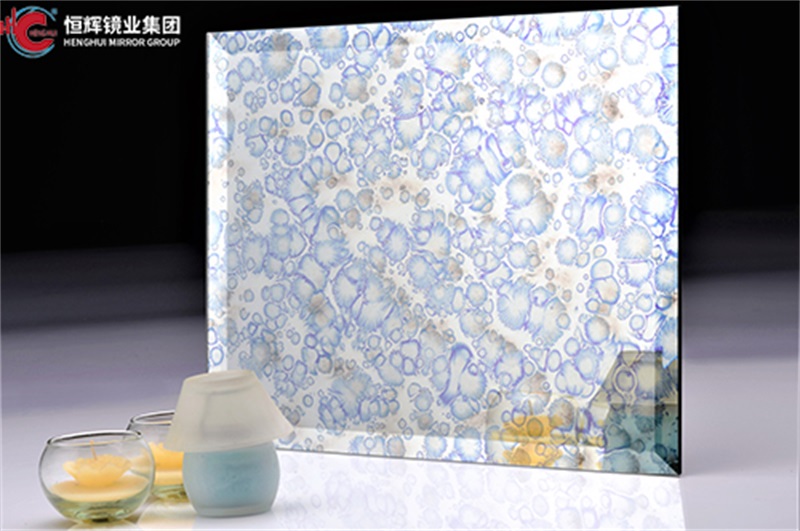Analyze the effect of temperature drift of electronic balance on measurement
What is the phenomenon of temperature drift of electronic balance? How can I avoid the effect of temperature drift on the measurement of electronic balance?
In the use of electronic strain-type electronic balances, you may encounter a phenomenon of temperature drift, that is, due to temperature changes, the balance of the balance when the initial load and the value after a period of time are inconsistent. There are many reasons for the temperature drift phenomenon, such as the temperature and humidity changes of the use environment, the length of the warm-up time, the sensitivity of the balance's internal sensors and electrical components to temperature and humidity (ie, temperature drift coefficient), and so on. The higher the balance accuracy, the more obvious this phenomenon.
1. The greater the temperature difference, the greater the change in the balance display value. With the passage of time, the internal temperature gradually approaches room temperature, and the balance display value also tends to be stable.
2. Although the indication value changes due to the influence of temperature difference, the sensitivity of the balance has not changed. That is, when the temperature difference is large, the indication value at the initial loading and the indication value at the initial loading when the temperature difference is small are almost unchanged.
3. Indication before unloading-Indication after unloading = Indication value at initial loading.
The balance should be used under conditions where the ambient temperature is relatively stable (temperature change no more than 5 ° C per hour). However, users may need to use the air conditioner just after starting it, direct sunlight, moving the balance from outdoor to indoor, indoor to outdoor and other various temperature differences:
1. At this time, the balance can reduce the measurement error by using the following methods.
2. Prolong the warm-up time as much as possible. The greater the temperature difference, the longer the warm-up time should be, generally 30 minutes to 2 hours.
3. Use standard weights to calibrate before use. The JY series electronic balance calibration weights produced by our company should be above M1 level.
4. It should be read at a fixed time after loading. For example, all the readings are displayed in 5 seconds after loading or the readings are displayed in units.
5. Multiple measurements, take the average (3 ~ 5 times).
Antique Mirror is not an antique mirror in the traditional sense, but a new and popular decorative mirror in the world. It is different from the aluminum mirrors and silver mirrors we use in our daily life. It has undergone special oxidation treatment to form patterns of various shapes and colors on the mirror, which is quite ancient and can create a feeling of traveling through time and space.
In addition, we also sell Silver Mirror glass, silver mirror commonly known as waterproof mirror, mercury mirror, silver-plated mirror on glass surface, glass mirror, mirror glass, etc. Silver mirrors are widely used in furniture, handicrafts, decoration, bathroom mirrors, cosmetic mirrors, optical mirrors, and car rearview mirrors.

Antique Mirror,Peel And Stick Antique Mirror,60 Inch Antique Mirror,8 Foot Antique Mirror
Dongguan Huahui Glass Manufacturing Co.,Ltd , https://www.antiquemirrorsupplier.com